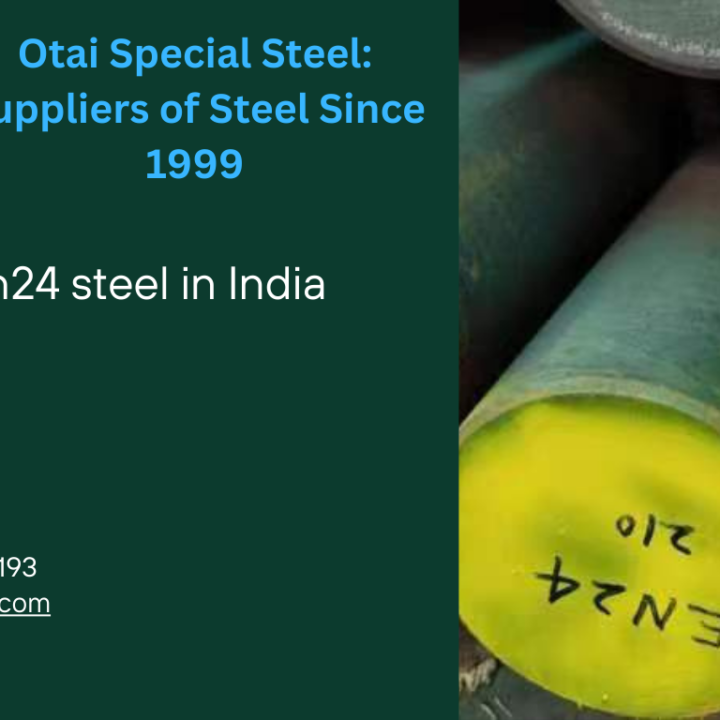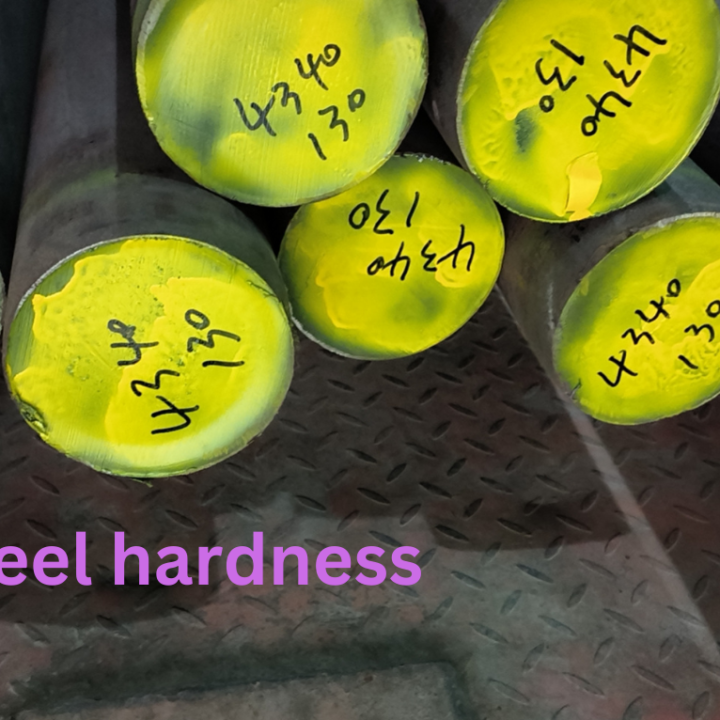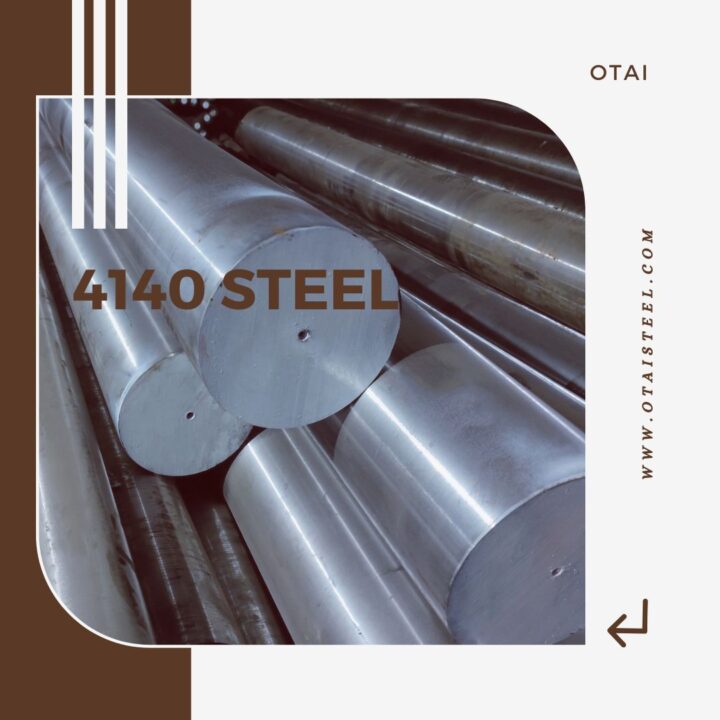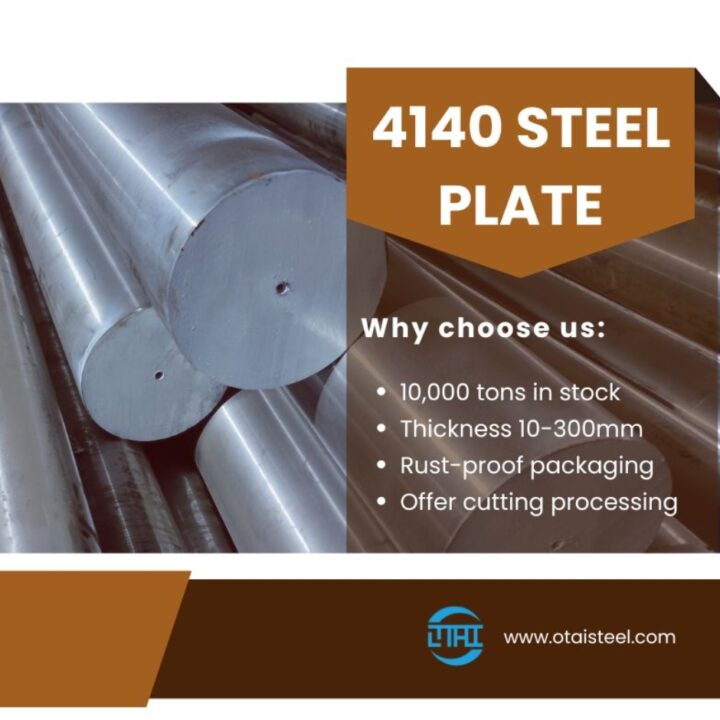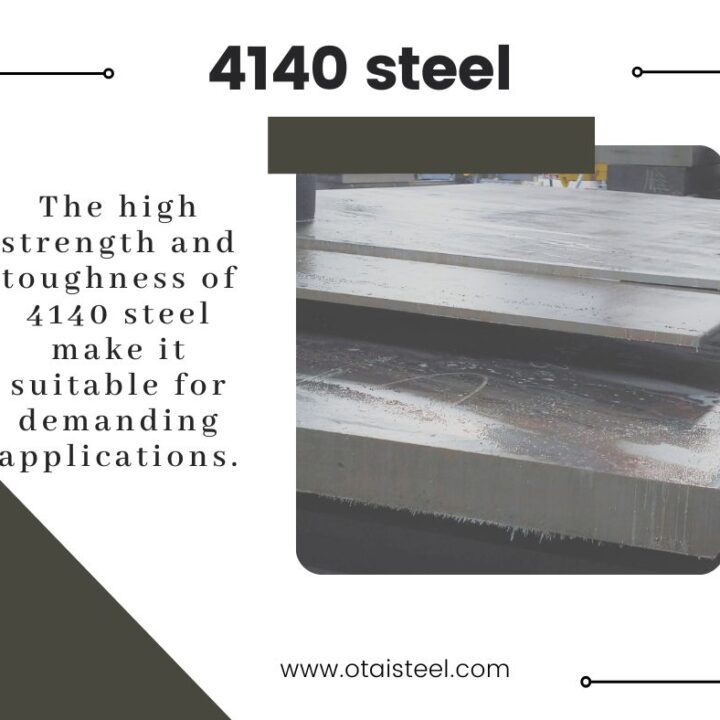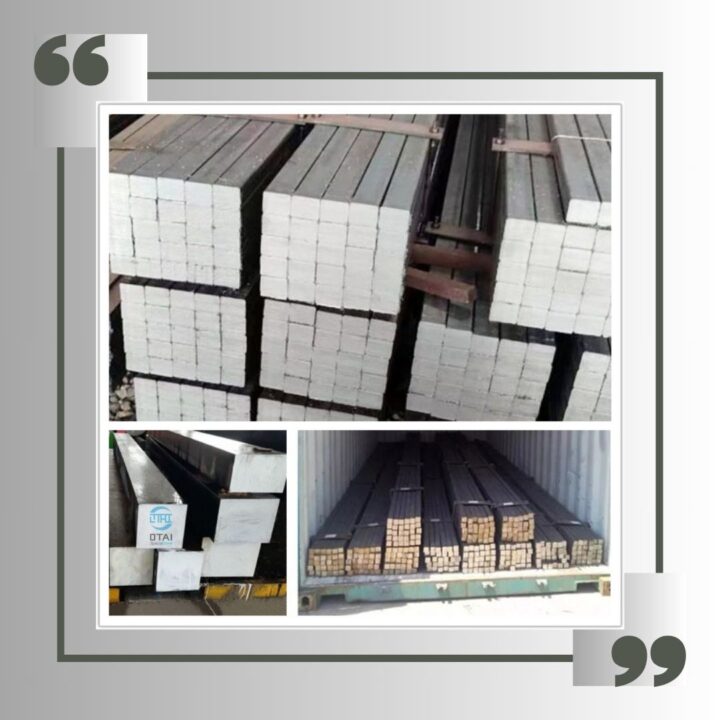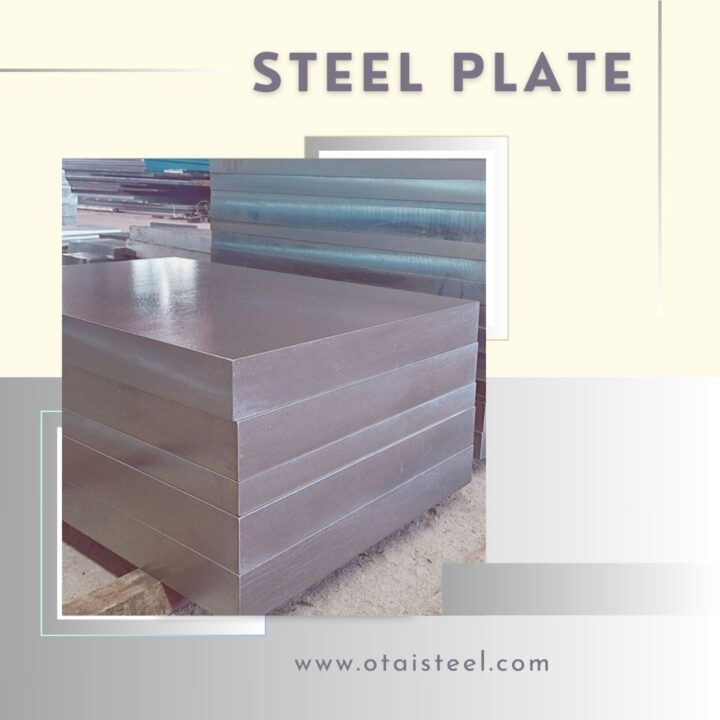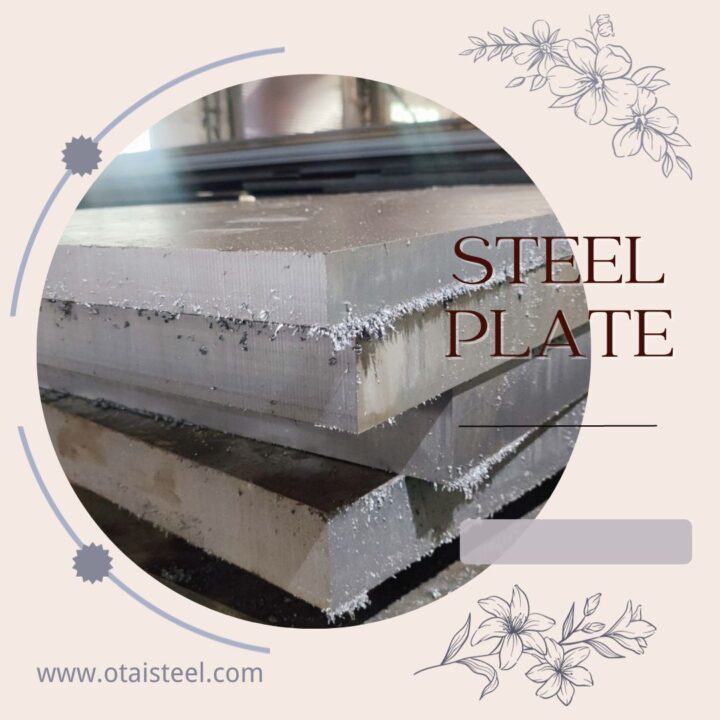The fabrication of complex structures and components often involves the joining of multiple steel parts. Welding provides a cost-effective and efficient means of creating strong and reliable connections. However, the welding process introduces heat, which can affect the microstructure and properties of the base material, including 4140 steel.
Welding Techniques for 4140 Steel Joints
Several welding techniques can be used to join 4140 steel and produce welded joints with varying characteristics. The choice of welding technique depends on factors such as the application, joint configuration, and desired properties. Here are some commonly employed welding techniques for 4140 steel:
- Shielded Metal Arc Welding (SMAW)
Shielded Metal Arc Welding, also known as stick welding, utilizes a consumable electrode coated with flux. It is a versatile and widely used welding technique suitable for joining 4140 steel. SMAW provides good control over the welding process, but the heat-affected zone may experience slower cooling rates, potentially affecting the microstructure.
- Gas Metal Arc Welding (GMAW)
Gas Metal Arc Welding, or MIG welding, employs a continuous wire electrode and a shielding gas to protect the weld pool from atmospheric contamination. GMAW is known for its high deposition rates and ease of use. It can produce sound 4140 steel joints, but the cooling rates may vary depending on the welding parameters.
- Flux-Cored Arc Welding (FCAW)
Flux-Cored Arc Welding is similar to GMAW but uses a tubular electrode filled with flux instead of a solid wire. FCAW offers high deposition rates, deep penetration, and good mechanical properties. The choice of flux composition is critical to control the weld metal’s chemical composition and microstructure.
- Gas Tungsten Arc Welding (GTAW)
Gas Tungsten Arc Welding, commonly known as TIG welding, utilizes a non-consumable tungsten electrode and a shielding gas. GTAW produces high-quality welds with precise control over heat input. It is often preferred for critical applications requiring superior weld integrity, but it can be time-consuming and requires highly skilled operators.
- Submerged Arc Welding (SAW)
Submerged Arc Welding involves the formation of an arc between a continuously fed wire electrode and the workpiece. The process is characterized by the use of a granular flux that covers the weld pool, providing excellent protection and high deposition rates. SAW is commonly employed for heavy-duty welding applications on 4140 steel.
Microstructure of Welded 4140 Steel Joints
The microstructure of welded 4140 steel joints can vary depending on the welding technique and associated parameters. The heat input and cooling rates during welding influence the formation of different microstructural constituents, such as martensite, bainite, and ferrite. These constituents play a crucial role in determining the joint’s mechanical properties.
Mechanical Properties of Welded 4140 Steel Joints
The mechanical properties of welded 4140 steel joints are vital for assessing their performance under different loading conditions. Here are some key properties affected by welding:
- Strength
The strength of welded joints is influenced by factors like weld metal composition, heat input, and cooling rate. Proper welding procedures can ensure that the joint retains a significant portion of the base material’s strength.
- Toughness
Toughness refers to a material’s ability to resist fracture under impact or high-stress conditions. Welding can introduce changes in toughness due to the microstructural transformations that occur. Proper selection of welding techniques and heat treatments can help maintain or enhance joint toughness.
- Hardness
Welding can lead to changes in hardness, particularly in the heat-affected zone. Rapid cooling rates associated with some welding techniques may result in higher hardness levels. Heat treatment processes can be employed to adjust the hardness of welded joints as per the desired requirements.
- Fatigue Resistance
Fatigue resistance is crucial for components subjected to cyclic loading. Welding can affect the fatigue behavior of 4140 steel joints due to the potential presence of welding defects and alterations in the microstructure. Proper weld quality control and post-weld treatments can enhance the joint’s fatigue resistance.
Factors Affecting Weld Quality and Performance
Several factors influence the quality and performance of welded 4140 steel joints:
- Pre-weld Preparation
Proper cleaning and preparation of the base material, including removal of surface contaminants and ensuring proper fit-up, are essential for achieving sound welds.
- Heat Input and Cooling Rate
Controlling the heat input during welding and managing the cooling rate are crucial for controlling the microstructure and avoiding the formation of undesirable phases or excessive hardness.
- Post-weld Heat Treatment
Post-weld heat treatment processes, such as tempering or stress-relieving, can help alleviate residual stresses, improve toughness, and refine the microstructure of welded joints.
Understanding the microstructural changes and their effects on mechanical properties allows for informed decisions in welding procedures. With careful attention to welding parameters, heat treatment, and weld quality control, high-performance welded 4140 steel joints can be achieved.
